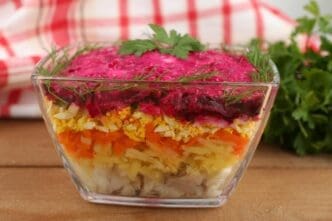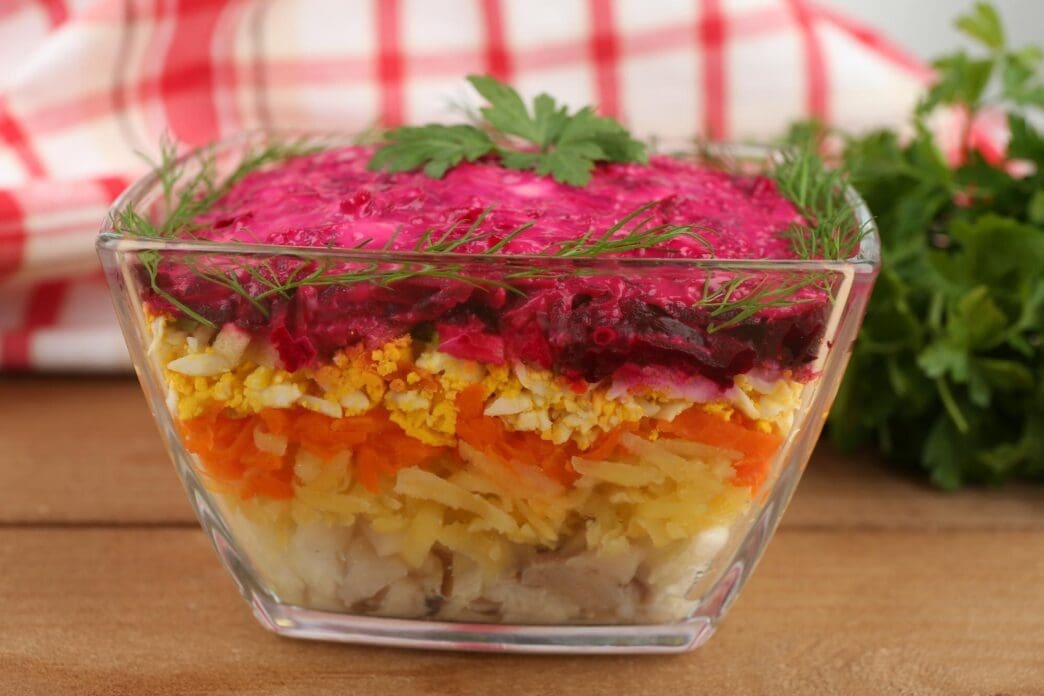A Quick Takeaway
The Story Behind the Trend
How to Make It Work for You
The Community View
Transforming your coleslaw from a heavy, calorie-dense side dish into a vibrant, nutrient-rich accompaniment is simpler than you might think. By making strategic swaps in your dressing and incorporating a wider array of vegetables, you can significantly boost its health profile and flavor, making it a delicious addition to any meal, any time of year. This guide will show you how to reduce unhealthy fats and sugars while enhancing essential vitamins, minerals, and fiber, benefiting anyone looking to eat healthier without sacrificing taste.
Deconstructing Traditional Coleslaw
Classic coleslaw often relies on a thick, creamy dressing made primarily from mayonnaise, sugar, and sometimes heavy cream. While undeniably tasty, this combination can contribute a significant amount of saturated fat, unhealthy oils, and added sugars to your diet. These ingredients, when consumed regularly, can counteract the benefits of the vegetables themselves.
The traditional base of shredded green cabbage and carrots is a good start, offering fiber and vitamins. However, the dressing often overshadows these nutritional benefits, turning a potentially healthy dish into one that is less optimal for waistlines and overall well-being. Understanding these components is the first step toward a healthier transformation.
The Dressing Revolution: Lighter, Brighter Alternatives
The dressing is where most of the caloric and unhealthy fat content resides in traditional coleslaw. By rethinking this key element, you unlock immense potential for health and flavor improvements.
Yogurt-Based Dressings
Swapping mayonnaise for plain Greek yogurt is a game-changer. Greek yogurt provides a similar creamy texture while boosting protein content and drastically cutting down on unhealthy fats. You can thin it with a little milk or water and season it with apple cider vinegar, Dijon mustard, a touch of honey or maple syrup, and fresh herbs.
For a tangy kick, consider adding a squeeze of lemon juice or a dash of hot sauce. The probiotics in yogurt also offer gut health benefits, making this swap a win-win for taste and digestion.
Vinaigrette-Style Dressings
For a refreshing, lighter coleslaw, a vinaigrette is an excellent choice. Combine high-quality extra virgin olive oil with a flavorful vinegar like apple cider, white wine, or rice vinegar. Whisk in Dijon mustard, minced garlic, a sweetener (agave or maple syrup), salt, and pepper.
Fresh herbs such as parsley, dill, or cilantro elevate the flavor profile considerably. Vinaigrettes allow the natural sweetness and crunch of the vegetables to shine through, offering a crisp alternative to creamy versions.
Avocado-Based Dressings
If you crave creaminess without dairy, a blended avocado dressing is a fantastic option. Mash ripe avocado with lime juice, a little water to thin, cilantro, and a pinch of salt. This provides healthy monounsaturated fats, fiber, and a vibrant green hue.
Avocado dressings are particularly good with a slaw that features a mix of textures and perhaps some chili for a Mexican-inspired twist. They offer a rich, satisfying mouthfeel without the heaviness.
Nut Butter and Tahini Dressings
For an Asian-inspired coleslaw, consider dressings made with peanut butter or tahini. Whisk peanut butter or tahini with soy sauce (or tamari), rice vinegar, sesame oil, fresh ginger, and a touch of honey or maple syrup. Thin with water to achieve the desired consistency.
These dressings add a depth of flavor and healthy fats, pairing wonderfully with shredded cabbage, carrots, bell peppers, and green onions. They transform coleslaw into a more exotic and exciting dish.
Beyond Cabbage: Boosting the Veggies
While cabbage is a fantastic base, expanding your vegetable palette significantly enhances the nutritional value and visual appeal of your coleslaw.
Colorful Cabbage Varieties
Don’t stick to just green cabbage. Incorporate red cabbage for a striking color contrast and additional anthocyanins, powerful antioxidants. Savoy cabbage offers a softer texture and a slightly milder flavor, while Napa cabbage brings a delicate, slightly sweet crunch, perfect for Asian-inspired slaws.
Adding Other Cruciferous Veggies
Shredded broccoli stems or florets, Brussels sprouts (finely shaved), or even kohlrabi add more fiber, vitamins, and a unique texture. These vegetables are packed with beneficial compounds known for their anti-inflammatory and detoxifying properties.
Incorporating Root Vegetables
Beyond carrots, consider adding shredded jicama for a watery, sweet crunch, or grated beets for vibrant color and earthy sweetness. Daikon radish provides a peppery bite, while sweet potato can add a subtle sweetness and a boost of Vitamin A.
Leafy Greens and Herbs
Finely chopped kale or spinach can be massaged into the slaw for added nutrients and a softer texture. Fresh herbs like parsley, cilantro, dill, mint, or chives brighten the flavor profile and provide additional antioxidants and vitamins. They add a refreshing burst with every bite.
Textural and Nutritional Boosters
Adding a few extra ingredients can elevate your coleslaw’s texture, flavor, and nutritional density.
Healthy Fats and Protein
Toasted nuts like almonds, walnuts, pecans, or cashews add a satisfying crunch and healthy fats. Seeds such as sunflower, pumpkin, or sesame seeds offer similar benefits, along with essential minerals. These additions provide sustained energy and make the dish more filling.
Fruity Surprises
Sweeten your slaw naturally with diced apples, pears, grapes, or mandarin orange segments. Dried cranberries or cherries offer a chewy texture and a tart-sweet counterpoint. These fruits provide natural sugars, fiber, and additional vitamins.
Flavor Enhancers
Finely sliced green onions, red onions, or shallots add a pungent depth. A sprinkle of citrus zest (lemon, lime, or orange) brightens the entire dish. Fresh ginger, chili flakes, or a dash of smoked paprika can introduce exciting new flavor dimensions.
Preparation and Storage Tips
For the best texture, shred your vegetables finely and uniformly. A mandoline or food processor can be invaluable here. If using a vinaigrette, let the slaw sit for at least 15-30 minutes before serving to allow the flavors to meld. For creamy dressings, add the dressing just before serving to prevent the vegetables from becoming soggy.
Store your healthy coleslaw in an airtight container in the refrigerator. Vinaigrette-based slaws tend to last longer (3-4 days) than those with creamy, dairy-based dressings (1-2 days), as the acid in the vinaigrette helps preserve the vegetables’ crispness.
Embrace Your Inner Chef
Transforming your coleslaw is an exciting culinary adventure. Experiment with different combinations of vegetables, dressings, and boosters to find your favorite healthy versions. This approach not only makes your meals more nutritious but also keeps them interesting and delicious, proving that healthy eating can be incredibly flavorful and satisfying.








